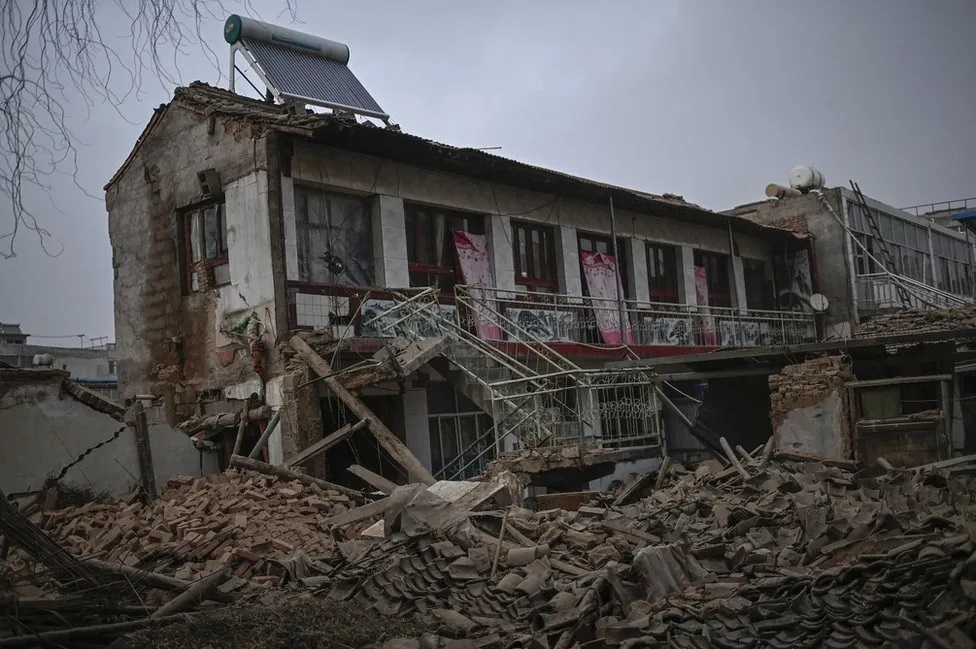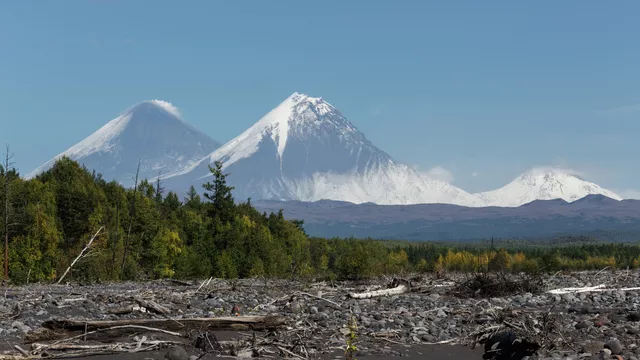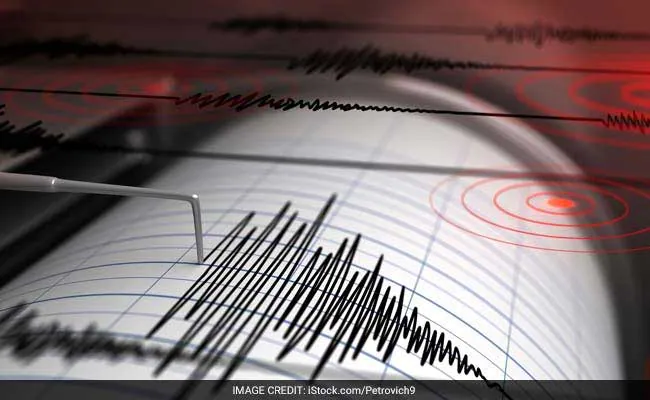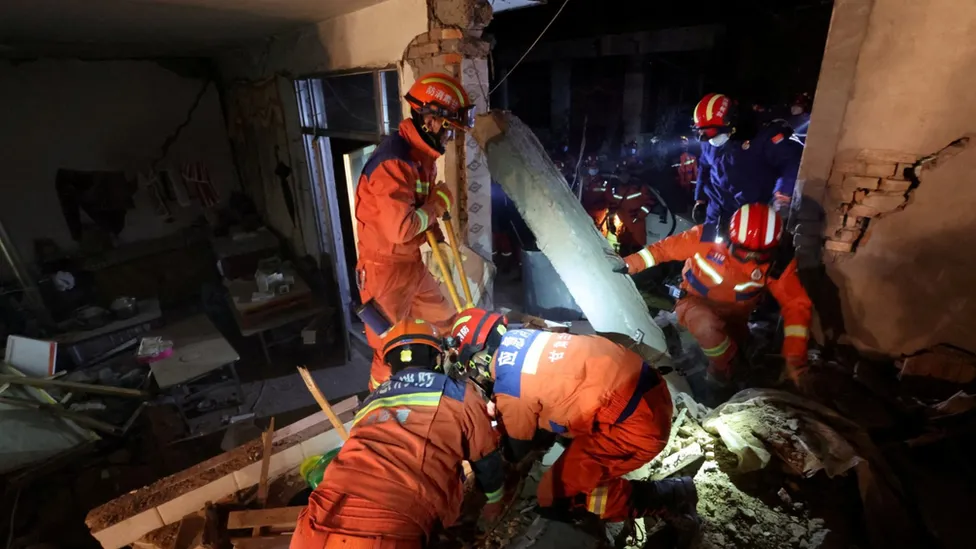Earthquake in China
In the north-western region of China, a catastrophic earthquake
In the north-western region of China, a catastrophic earthquake, measuring 6.2 in magnitude, struck the mountainous province of Gansu around midnight on Monday. This event marks the deadliest earthquake in the country since 2014, claiming the lives of a minimum of 127 individuals, with over 700 reported injuries in the freezing conditions. Responding to the crisis, President Xi Jinping has deployed thousands of rescue personnel to the region, known for its economic challenges and cultural diversity.
Images broadcasted on state TV and shared on social media vividly portray the aftermath, revealing entire villages devastated by the quake, including collapsed buildings and houses. Displaced residents sought refuge around makeshift fires at hastily organized evacuation camps, grappling with temperatures as low as -13°C (8.7°F) on Tuesday. Eyewitnesses likened the tremors to being "tossed by surging waves," prompting swift evacuations from tall structures.
Jishishan county, the hardest-hit area in Gansu province, reported damage to over 5,000 buildings. Mudslides triggered by the earthquake have compounded the destruction, impacting numerous structures, while landslides have disrupted dozens of roads. The Gansu rescue team attributes the extensive damage to subpar building quality, citing the prevalence of aged clay homes in the affected villages.

Situated between the Tibetan and Loess plateaus and sharing a border with Mongolia, Gansu stands out as one of China's economically disadvantaged and culturally diverse regions. The earthquake's epicenter was in Linxia Hui Autonomous Prefecture, home to various Chinese Muslim groups. Discrepancies in reported magnitudes emerged, with Chinese authorities indicating 6.2 on the Richter scale, while the US Geological Survey (USGS) recorded 5.9 with a depth of 10km (6 miles). Approximately 10 aftershocks have been documented.
The region grapples with disrupted power and water supplies, hindering the progress of ongoing rescue operations. In the face of sub-zero temperatures, rescue teams, including the Blue Sky Rescue Team, China's largest non-governmental humanitarian organization with over 30,000 volunteers nationwide, are tirelessly working. Wang Yi, chief commander of the Blue Sky Rescue Team, expressed apprehensions about the harsh conditions and anticipates a rise in casualties.
President Xi underscored the urgency of search and rescue missions, prompt medical attention for the injured, and the imperative to minimize further casualties. China, located in a seismically active zone where multiple tectonic plates converge, remains vulnerable to earthquakes. The devastating earthquake in Sichuan province in 2008, claiming 87,000 lives, remains a poignant reminder of the country's susceptibility to seismic events.





